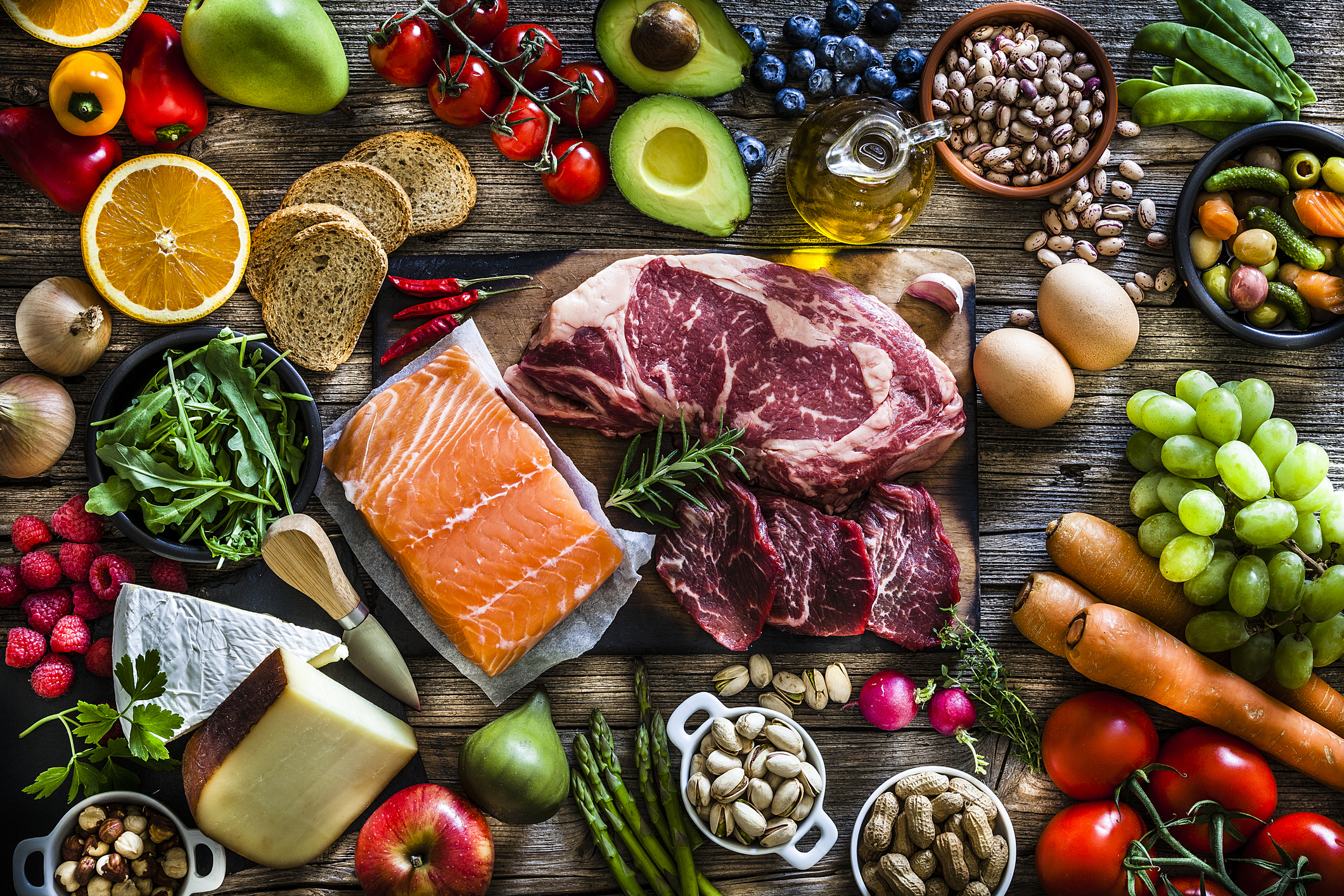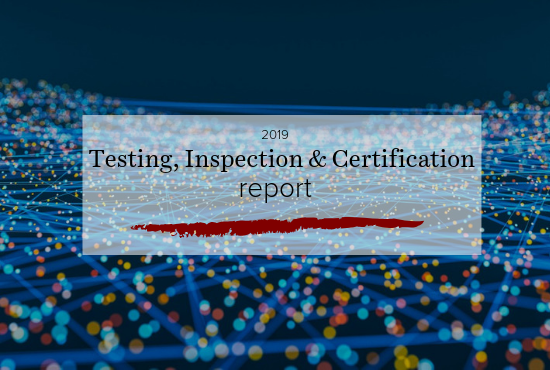食品安全法规促进检测、检验、认证与合规(TICC)行业并购市场的繁荣

In Livingstone’s 2019 TICC Report, we wrote about the high levels of interest shared by both strategic and private equity investors in TICC businesses, which comprise a subset of Livingstone’s industrial services practice.
Investor interest tends to focus on non-cyclical industries with highly regulated, non-discretionary, human-health-driven testing, inspection, and certification requirements that impact consumer and/or worker safety. Which is to say, TICC companies that provide services to biopharmaceutical, life science, and/or food industries are in particularly high demand.
This article examines the regulatory drivers in the last of these sectors, the food industry. Continuously evolving food sector regulations cover every facet of food ingredient sourcing, production, packaging, transportation, storage, retail, and preparation. The increasing complexity and cross-border interdependence of these regulations all-but guarantee that the demand for third-party-provided food testing, inspection, and certification services will continue to grow for the foreseeable future.
Why do we need food sector regulations?
Our food is more processed and shipped further (often via importation) than ever before. The quality, integrity, and safety of our food is taken for granted by most, but recent consumable product recalls suggest opportunities for improvement remain. Continuous oversight is required to achieve safe, wholesome dining experiences from kitchen tables to Michelin-rated restaurants, and at every fast-food establishment, supermarket, coffee shop, and gas station in between.
As America and Europe have grown wealthier and more ethnically diverse, consumers therein demand variety, quality, and convenience in the foods they consume, including those imported from other countries as well as those grown and processed domestically.
The increasingly complex landscape of culinary tastes and demands of these regions requires proactive vigilance by all food sector stakeholders, including food growers, manufacturers, transporters, processers, packagers, retailers, exporters, importers, preparers, and consumers.
Complicating matters further, a growing share of imports can be attributed to intra-industry trade, whereby agricultural-processing industries based in the United States or Europe carry out certain processing steps offshore and import products at different levels of processing from their subsidiaries in foreign markets.
The following paragraphs provide insight into today’s food industry compliance environment, including governing bodies and regulations that make food TIC services increasingly important in today’s culinary environment.
Governing Food Safety Agencies and Standards
Every step of the food supply chain is regulated by one or more governing bodies, depending on the applicable region(s) involved. Food producers, processors, packagers, shippers, retailers, preparers, and, ultimately, consumers are all expected to abide by applicable regulations. This complicated mix of parties and regulations evolves continuously, requiring industry specialists to keep up with new standards. A primer-level summary of applicable regulatory agencies and governing standards in North America and Europe follows:
Global (but applicable in the U.S. for both imported and exported food products):
- International Organization for Standardization (ISO) is an independent, non-governmental international organization with a membership of 164 national standards bodies. ISO’s international standards and related documents, cover almost every industry, from technology, to food safety, to agriculture and healthcare. Most recently issued food-related standard is ISO 22000 – Food Safety Management.
- Global Food Safety Initiative (GFSI) was created in 2000 to address global food safety crises and help build consumers’ trust in the food they buy, no matter where the food has come from or where in the world they live. GFSI maintains the widely-accepted FSSC 22000 food safety management system, which certifies organizations for food-related compliance (although GFSI is not recognized by ISO, and ISO is not recognized by GFSI). Many experts view FSSC 22000 as a benchmark for food safety.
- International Featured Standards (IFS), which was founded in 2003 to focus on food matters, but today comprises eight different food and non-food standards across the supply chain. IFS does not specify what these processes must look like, but provides a risk-based assessment of each. The IFS’s standards are used by manufacturers and retailers worldwide to meet new requirements for quality, transparency, and efficiency related to globalization.
- Safe Quality Food Institute (SQFI), a division of Food Marketing Institute (FMI), is responsible for writing and maintaining the SQF Program (recognized by GFSI) certification as well as a variety of other supporting resources and industry programs that cover food safety, quality, sourcing, and sustainability.
United States
In addition to global regulatory bodies and their associated standards, at least a dozen U.S.-based federal agencies implement more than 35 statutes to make up the federal part of the food safety system (note: excludes state-level regualtors and rules). Twenty-eight House and Senate committees provide oversight of these statutes. The primary Congressional committees responsible for food safety are the Agriculture Committee and Commerce Committee in the House; the Agriculture, Nutrition, and Forestry Committee and the Labor and Human Resources Committee in the Senate; and the House and Senate Agriculture, Rural Development, and Related Agencies Appropriating Subcommittees.
Four agencies play major roles in carrying out food safety regulatory activities, with more than 50 interagency agreements (not listed here) to tie the activities of the various agencies together:
- Food and Drug Administration (FDA), which is part of the Department of Health and Human Services (DHHS);
- Food Safety and Inspection Service (FSIS) of the U.S. Department of Agriculture (USDA);
- Environmental Protection Agency (EPA); and
- National Marine Fisheries Service (NMFS) of the U.S. Department of Commerce (USDC).
Canada
Since 2016, regulatory bodies in the U.S. and Canada have generally recognized each other’s food safety systems as comparable to each other. This was the second time that the FDA recognized a foreign food safety system as comparable, the first being New Zealand in 2012. By recognizing each other’s systems, the U.S. and Canada can leverage each other’s regulatory systems. For example, each partner will consider the oversight of the other when prioritizing inspection activities. Beyond inspection and admissibility, systems recognition establishes a framework for regulatory cooperation in a variety of areas that range from scientific collaboration to outbreak response, and provide the baseline level of public health protection that helps assure the safety of exported foods from each country. Systems recognition will help the FDA be more risk-based in planning the scope and frequency of its inspection activities, including foreign facility inspections, import field exams, and import sampling.
- Department of Health Canada (Health Canada), which is responsible for establishing standards for the safety and nutritional quality of all foods sold in Canada.
- Canadian Food Inspection Agency (CFIA), which is responsible for administration and enforcement of Canada’s many food-related acts and regulations, including the Food and Drugs Act.
European Union / United Kingdom:
- European Food Safety Authority (EFSA), which provides scientific and technical support to the European Commission and EU countries in all areas affecting food safety. The EFSA is also responsible for coordinating risk assessments, identifying emerging risks and advising on crisis management.
- British Retail Consortium (BRC) focuses on making a positive difference to the retail industry – of which food and other consumable products are subsectors – and the customers it serves, today and in the future. BRC’s mandate includes review of food labeling, food-related emerging risks, and imitation food products.
- Registration, Evaluation, Authorization, and Restriction of Chemicals (REACH), which were European Commission environmental regulations first introduced in 2007 to codify the chemical composition and risks associated with existing and new substances, as tracked by the European Chemicals Agency (EHCA) in Helsinki, Finland.
Conclusion
As populations grow, appetites evolve, and global supply chains continue to develop, new food TICC services will be increasingly required to keep consumers safe. Having listed many, though not all, of the applicable governing food safety organizations and standards, one doesn’t have to wonder why many companies in the food industry are turning to third-party professionals to assure compliance both within and across sovereign borders.
To fully appreciate the importance of food standards and the food testing, inspection and certification companies responsible for maintaining them, ask yourself the following questions about the last meal you enjoyed:
- From which country(ies) was my food sourced?
- Who (and which company(ies)) grew, picked, transported, processed, distributed, and prepared the food that I’m eating?
- Did the individuals involved in every step of this process follow proper and accepted food safety protocols?
- How sure am I that the food I’m eating is consistent with its label or menu description?
- Is it possible that any of my food has been contaminated (e.g., heavy metals exposure, foreign objects, biological pathogens, etc.)?
Increasingly complicated food industry regulatory trends will continue to provide growth opportunities for TICC sector participants with the institutional competencies, discipline, capabilities, and foresight to take advantage of them. As the global “alphabet soup” of regulatory bodies and standards become more difficult to manage, food industry companies will outsource or supplement their in-house employee teams to assure compliance.
Dedicated TICC service providers are uniquely suited to keep up with the global food industry’s evolving standards, such as the FDA’s proposed rule to establish laboratory accreditation programs for food testing. This potential change would disproportionally impact small, sub-scale lab operators, further supporting the value proposition of third-party service providers.
Livingstone recently advised on TICC deals in the workplace safety (Diversified Fall Protection’s acquisition of Peak Fall Protection in October 2019) and materials & food testing (May River Capital’s recapitlization of NSL Analytical Services in January 2020) spaces.
Share on:



